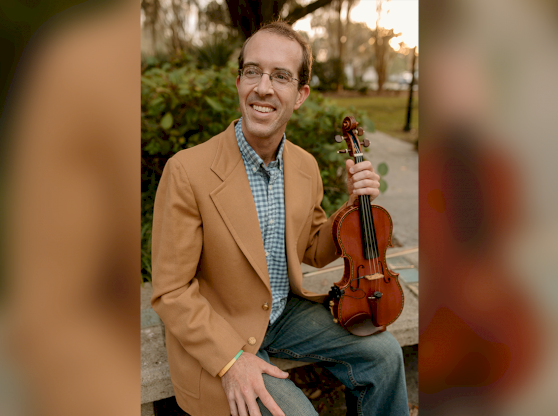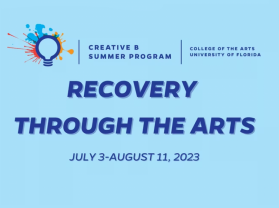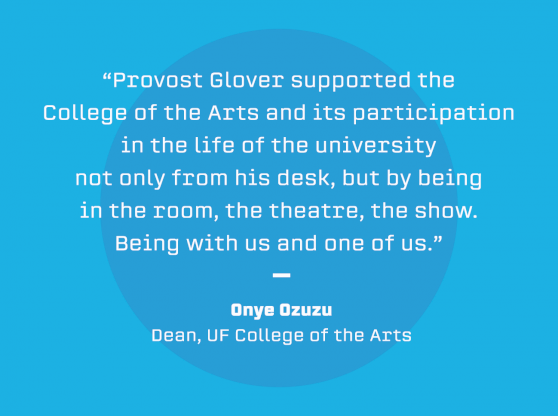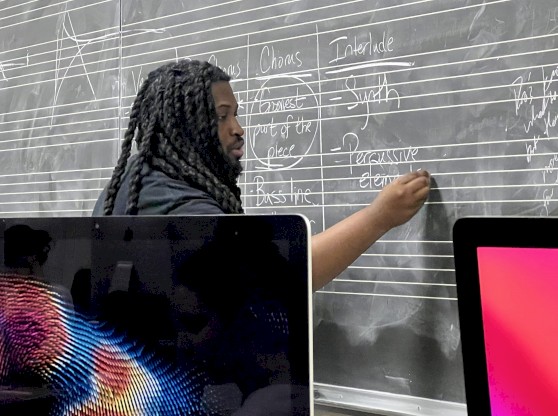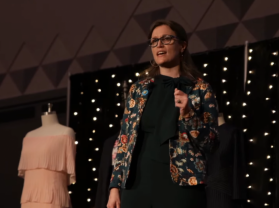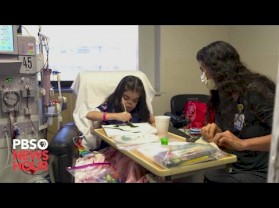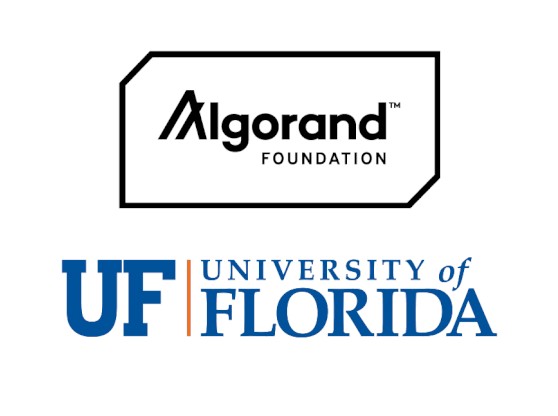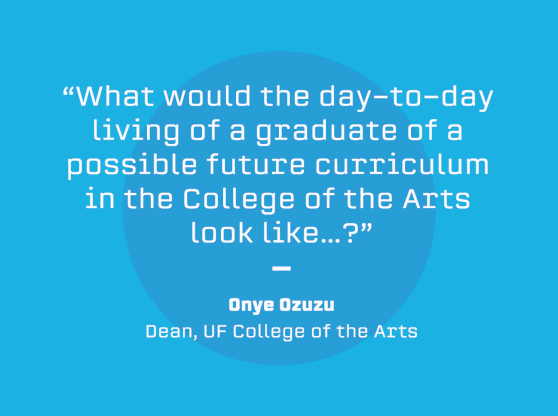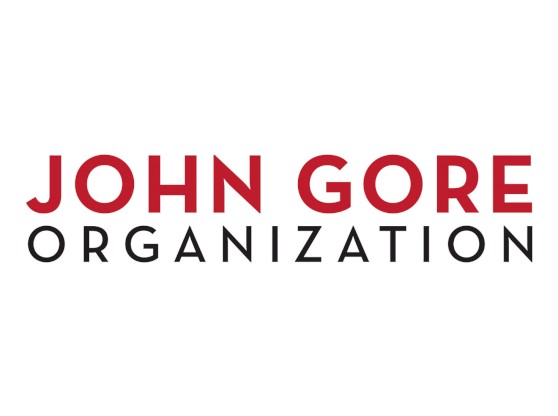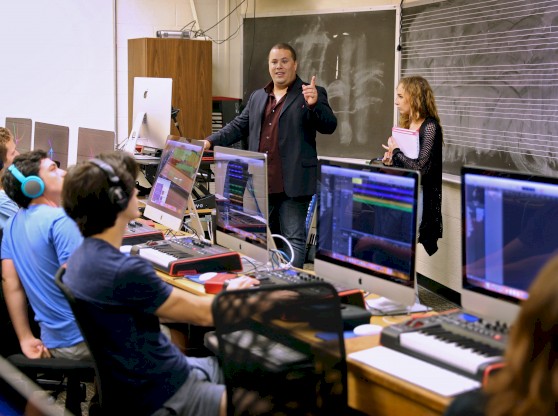Implementation
Pillar II: Adaptive and Distinctive Curricula
The college, through its curriculum, demonstrates its commitment to educate students towards clear outcomes.
Implementation Highlights
- Year 1 | Completed
- Make all necessary adjustments to ensure health, safety, and quality curricular delivery. Safe, high-quality instruction continued despite COVID-19 pandemic. AEI curriculum audit undertaken by CAM. Significantly revised undergraduate studio art curriculum in SAAH approved. Significantly revised dance curricula in SOTD approved. New music curricula in Music Business and Entrepreneurship and new music ensembles in African Popular Music and Brass Band created in SOM. DW implemented restructured BA in DAS program for improved four-year student experience, and refined the minor in DAS to include new course offerings and streamlined student advising approval process.
- Year 2 | Completed
Develop COTA Universal Learning Outcomes (ULOs). COTA Universal Learning Outcomes Working Group convened, solicited feedback from stakeholder groups (including current students, faculty, and alumni via Qualtrics surveys), and drafted preliminary document- shifting terminology from Universal Learning Outcomes to Common Learning Goals.
Develop frames by which academic units engage in program-level analysis. Safe, high-quality instruction continued despite the COVID-19 pandemic. In SAAH, new Studio BA and BFA undergraduate curricula began implementation, and a new Graphic Design BA and significant revisions to the Graphic Design BFA were approved in unit. The Gary R. Libby University Galleries began a three-year partnership with the Institute for Studies in Latin American Art (ISLAA). SAAH also engaged Jeremy Mikolajczak, MFA in Art alum and Director of the Tucson Museum of Art, for the second iteration of a pilot program to invite a Guest Curator to work with students, faculty, and the Gary R. Libby University Galleries to produce the MFA Thesis Exhibitions. In SOM, a complete revision of the undergraduate music history curriculum was approved by faculty, greatly broadening content while reducing the overall number of courses to allow for more elective credits. SOM Council of Representatives and full faculty officially endorsed the preliminary work necessary for the forthcoming Music Business and Entrepreneurship BS degree proposal, submitted to the Provost for inclusion in UF’s 2022 Accountability Plan to the Board of Governors (BOG). New courses were created in SOM including: Jazz, Hip Hop, and African Culture; African Popular Music and Globalization; Music and Audience; and Timbre: Critical Discussions; as well as new ensembles: British Brass Band and African Popular Music Ensemble. In SOTD, year one of the new Dance BFA/BA/Minor curriculum began, and BFA Performance and BFA Production Proposals were approved in unit, including two new BFA Production concentrations in Digital Media and Sound. SOTD also inaugurated a new introductory course, Introduction to Live Entertainment Design and Production, for all undergraduate degrees. CAM launched the new Creating Healthy Communities Digital Badge program. DW implemented a revised eight-semester BA in Digital Arts & Sciences (BADAS) and submitted the Digital Arts and Sciences Minor for UF Online and two new course requests to UF Curriculum Committee.
- Year 3 | Completed
Develop frames by which academic units engage in program-level analysis. In SAAH, Studio Art convened an ad hoc committee to survey students and alumni to consider ways to align undergraduate and graduate curricula. SOM advanced the launch of the new Bachelor of Science in Music Business and Entrepreneurship degree and piloted a new Chinese Music Ensemble. SOTD submitted NAST plan approvals for new BFA Theatre Production specializations in Digital Media and Sound Design. CAM and CAME began discussing ways to integrate SPARC352 community work into the curriculum. And DW introduced a new ‘Multi-Versity’ concept into the Master of Digital Arts & Sciences (MiDAS) program.
Design and implement acurricula-focused communicationsstrategy. COTA Leadership developed and disseminated a Curriculum Submission Guide for faculty submitting curricular changes in COTA.
Systematically review and, as appropriate, restructurethe Curricular ApprovalProcess. COTA Assessment Committee and COTA Leadership investigated ways to integrate Common Learning Goals with programmatic assessment and accreditation mechanisms.
- YEAR 4 | IN PROGRESS
- Systematically review and, as appropriate, restructure the Curricular Approval Process.
- Design and implement a curricula-focused communications strategy.
- Year 5
- Design and implement a curricula-focused communications strategy.
- Press Release : Nov 14, 2023+ More
- Alumni News : Oct 30, 2023+ More
- Student Stories : Oct 19, 2023+ More
- Editorial : Feb 21, 2023+ More
- Student Stories : Feb 21, 2023+ More
- News Post : Dec 6, 2022+ More
- News Post : Sep 15, 2022+ More
- News Post : Jan 25, 2022+ More
- Friends and Giving : Jul 9, 2021+ More
- Faculty News : Jul 8, 2021+ More
- Faculty News : Oct 24, 2019+ More


